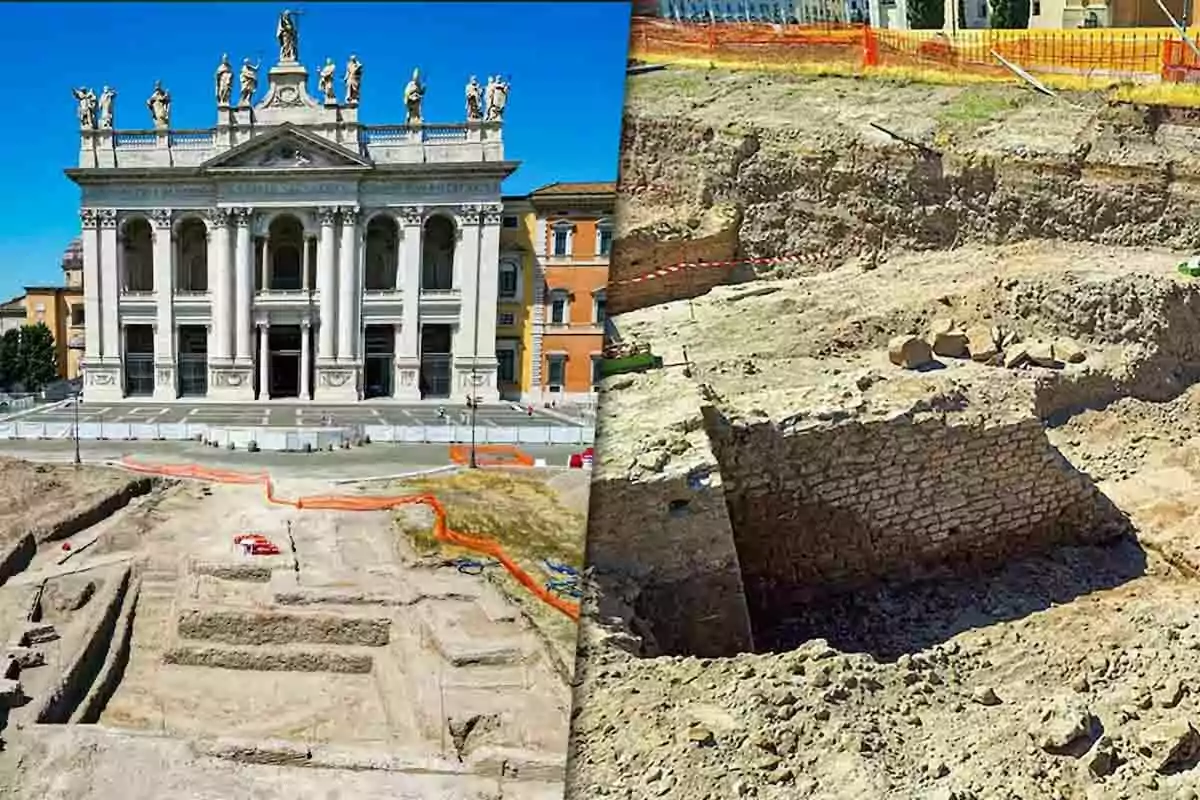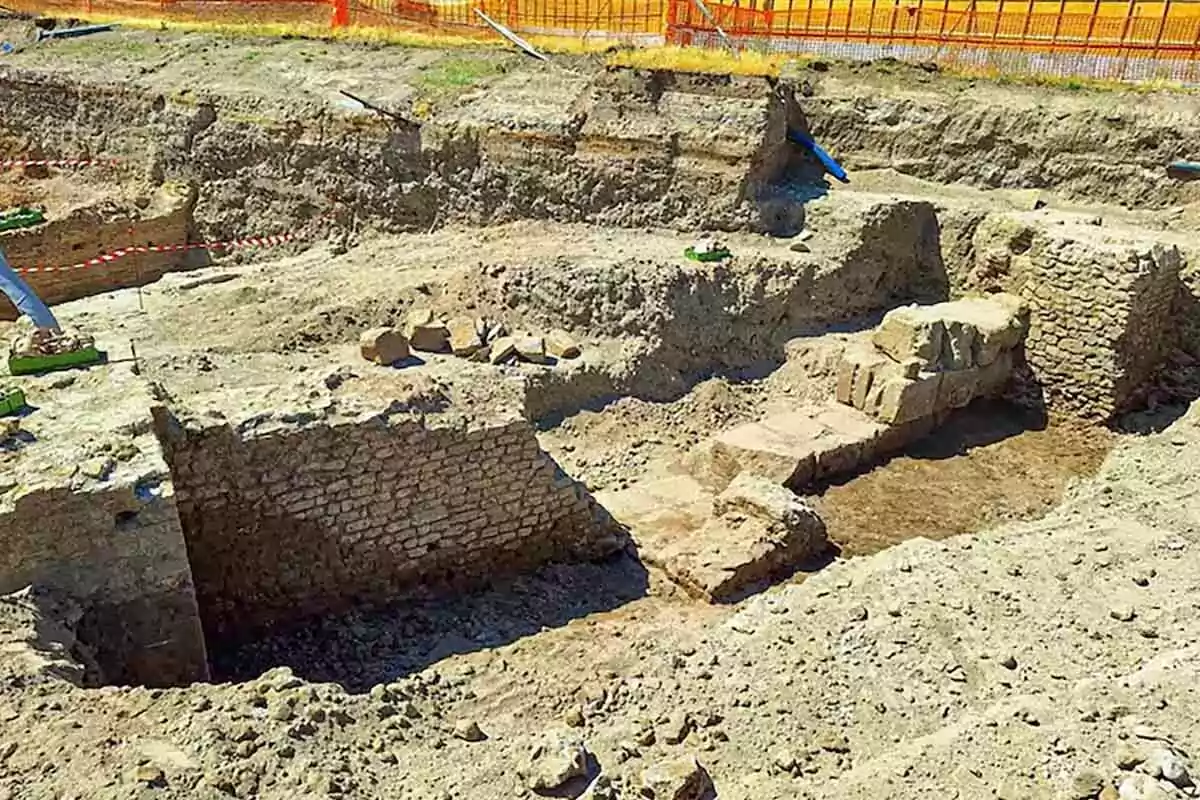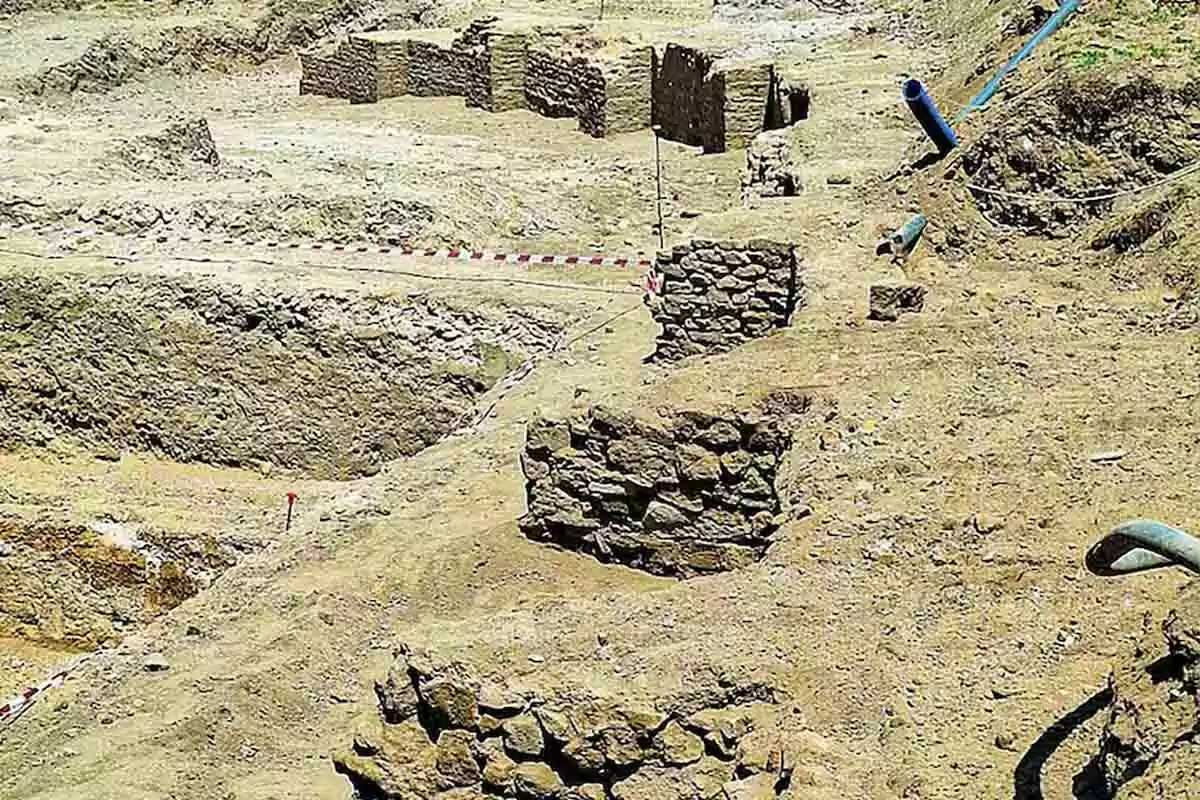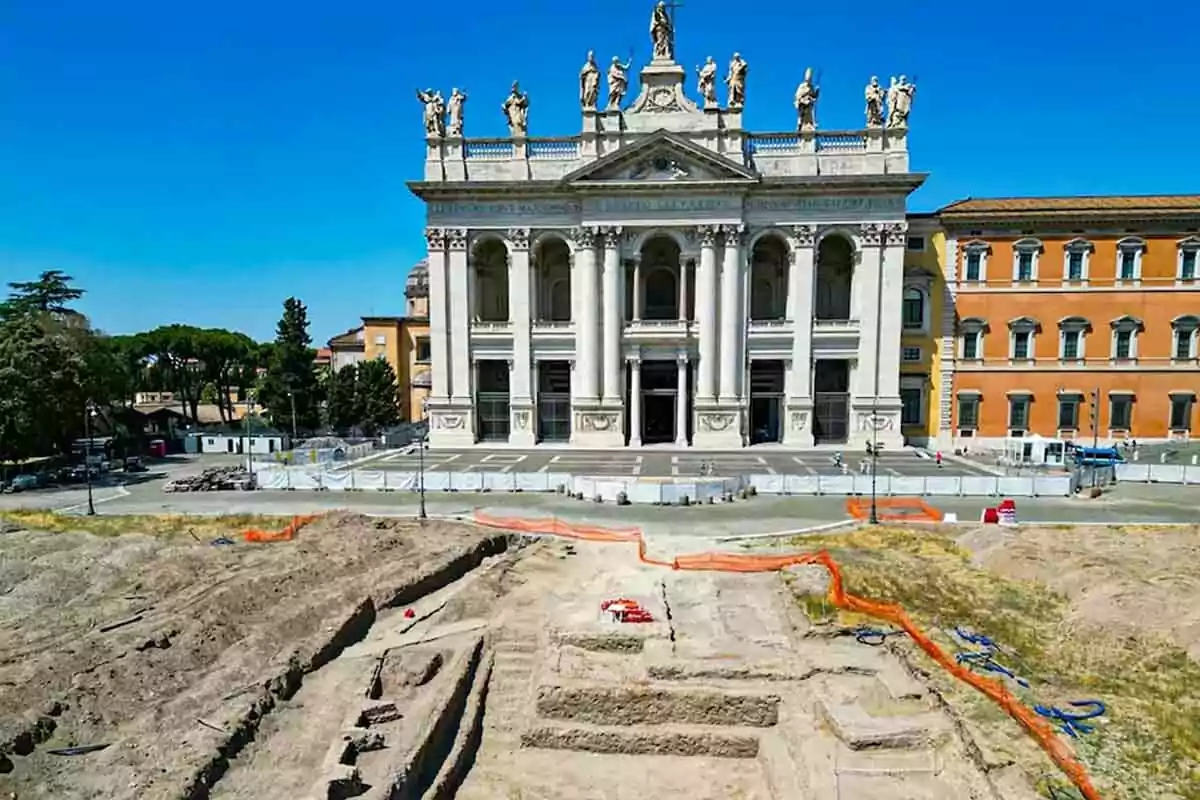
They discover a medieval papal residence beneath Rome that changes the history of the Vatican.
A medieval papal residence was found in Rome and could change what is known about the origin of the Vatican
A team of archaeologists found remains of an ancient papal seat in the Plaza San Giovanni in Laterano. This key place for the history of the Church could change what is known about the origin of papal power.
The walls of volcanic tuff and medieval structures unearthed were part of the Patriarchate, a central ecclesiastical complex before the Vatican was consolidated as the epicenter of Catholicism.

Where did they find this papal residence?
The discovery occurred in the emblematic Plaza San Giovanni in Laterano, a historic area in the heart of Rome. There is located the Archbasilica of St. John Lateran and the oldest Egyptian obelisk in the city.
The excavations emerged as part of the works prior to the Vatican Jubilee 2025. The renovations revealed structures that had been hidden underground for centuries.
What did the archaeologists find?
The researchers identified defensive walls built between the 9th and 13th centuries. They are part of a building that served as the official residence of the popes until the move to Avignon in 1305.

The Italian Ministry of Culture highlighted that these constructions feature typical architectural techniques of the Middle Ages. They use blocks of volcanic tuff, key in the defense of the city during times of political instability.
What was the role of the Patriarchate?
This complex was established in the 4th century by Emperor Constantine, after legalizing Christianity. There, ecclesiastical power was centralized for centuries.

Over time, the Patriarchate was expanded and adapted to the needs of the papacy. The eastern area of the complex was used for defense against internal conflicts and external threats, such as the incursions of the Aghlabid Caliphate.
What does this discovery imply for the history of the Vatican?
The discovery suggests a deep revision of the origins of papal power and the evolution of its seat. It contradicts the belief that the centrality of the Vatican only emerged in the 20th century, after the Lateran Pacts of 1929.
According to National Geographic, this papal residence shows that Rome was already a strong axis of ecclesiastical power long before that date. It forces a rethink of how papal authority was built in the West.
More posts: